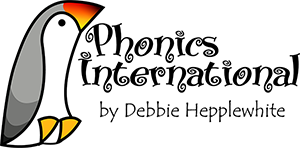There are 40 new Spelling Sheets ready to be uploaded into units (modules) 1 to 6. The first example of these sheets is already available to see in the free unit 1. Please tell your friends and colleagues about yet another free resource in unit 1.
A Spelling Sheets Word List is included in each unit and suggestions for how to use these activity sheets in differentiated ways.
The Spelling Sheets can be a paper-based activity or can be used in conjunction with the Grapheme Tiles(available in all units), magnetic letters or CanDoCubes (see www.candocubes.com for a complementary kinaesthetic programme which I have designed for Can Do Education Ltd.)
MrH has such a long list of resources to upload at the moment that he says he can't 'keep up' with my production speed!
(And of course thanks to Arun, our illustrator who broke all speed-records recently!
